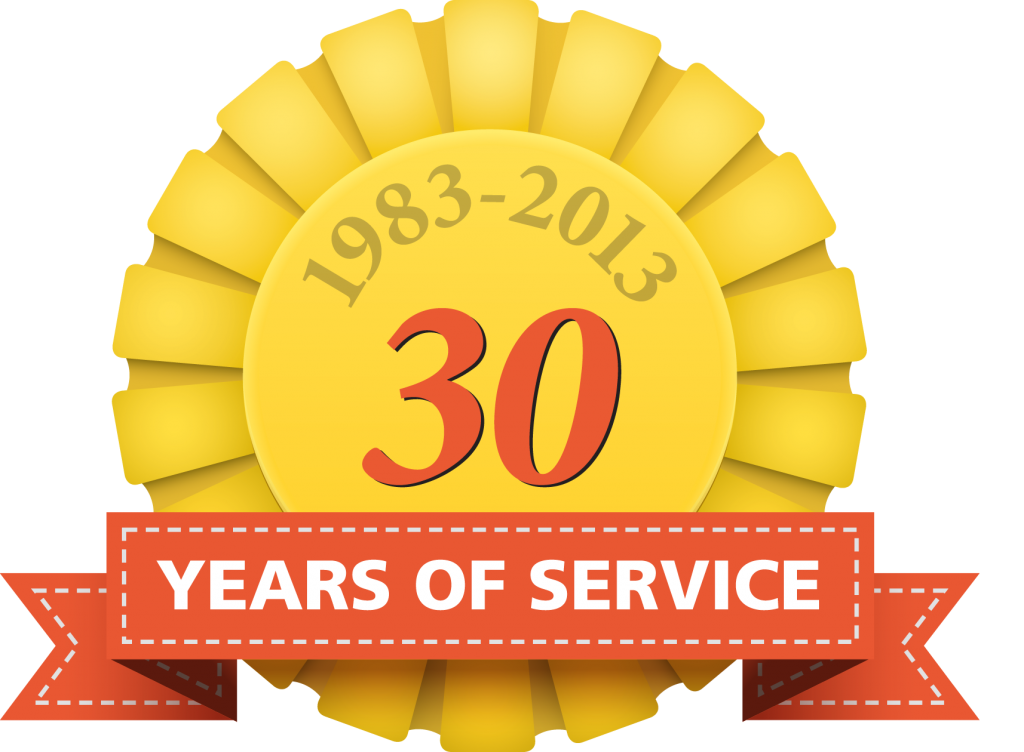LIABILITY OF THE CONSIGNEE FOR LOADING DEFECTS.
(What does this mean in truck accident litigation?)
By Automotive Expert from Pennsylvania
Frequently in the rush to get shipments out the door, shippers and carriers make errors that result in accidents when the goods are delivered to the receiver (consignee). Usually, when a shipment exceeds 10,000 pounds the shipper will load the shipment and the consignee will unload it. There is nothing sacred about that number, it usually separates a Less Than Truckload (LTL) from a Truck Load (TL) shipment. Sometimes the driver will load and/or unload regardless of what the shipment weighs, but that is a subject for another day. For purposes of this article, the shipper loads and the consignee unloads. The consignee has no obligation to know how the shipper loaded the cargo or how it was placed in/on the vehicle or how the cargo was secured. The consignee must use care in unloading and look for the “booby traps” the shipper or carrier may have caused that can conceal hidden hazards to either the delivering driver or the consignee’s material handlers.
As cargo is transported over the highways, it is subjected to vibration, jostling, bouncing, and shaking in every direction. These forces can cause the cargo to shift and fall as soon as whatever is holding it in place is moved. If the shipper loaded the goods, the driver often was not present to participate or inspect the load. Many shippers, at their own peril, will not permit drivers on the loading dock so they cannot witness the loading. The driver may pull his trailer away from the dock after it is loaded so the trailer doors can be closed. If this is the case, the driver can only see the cargo placed on the rear of his trailer. Commonly, cargo is loaded in trailers from wall to wall and floor to ceiling so nothing but the last wall of cargo placed on the back of the trailer can be seen. Anything forward of that portion of the load cannot be inspected or secured by the driver and the carrier, likely, would not be responsible for it. Frequently, the shipper will close the doors, lock and/or seal the doors which means the driver has no way of knowing anything about the condition of the load. All shippers and carriers need to understand that the doors on the back of cargo transport vehicles are not securement devices. Cargo at the back of a cargo vehicle must be secured by some other means so when the doors are opened at destination, cargo does not come cascading down onto an unsuspecting driver or material handler.
Defects in the load can lie within the load waiting for the shipper’s unloading personnel to free it from the other goods holding it in place. The shipper may have loaded a heavy article on the top of lighter articles. While the transport vehicle is being bounced and shaken in transit, it can cause the heavy article to crush the cartons below it so it will fall when its support has been moved injuring the unloading personnel.
Large, relatively flat articles are often placed on edge in transport vehicles only held in place by other cargo. Remove the other cargo and the large flat items may topple over, possibly injuring the personnel charged with unloading the vehicle. Items that can not be loaded flat, are often loaded on edge and must be either strapped together, if they will occupy enough floor space that are not subject to toppling; they should be secured to the wall of the transport vehicle; or blocked and braced to hold them in place.
To minimize these potential hazards, cargo should be secured at intervals along the length of the trailer. The driver should be permitted to witness or participate in the loading process, even if he/she chooses not to do so. Heavy cargo should always be placed on the floor of the transport vehicle with lighter cargo stacked on top of it. Large flat items should be laid flat whenever possible or packaged or secured so they cannot fall over when the cargo holding them in place is removed. The consignee’s defense against defective loads is an awareness of the potential hazards to look for as well as a well worded packaging and loading instruction to all of their materials suppliers.
It should be remembered that shippers are also, at times, consignees and consignees are also, at times, shippers. If they operate the truck, they would be the carrier too. Loading dock safety is in everyone’s interest.
[sm_hr]
Technical Network Consulting Service produces expert witnesses for attorneys and insurance companies coast to coast as well as internationally. Working with our extensive database, we are “Your Link to America’s Most Qualified Experts”. Our trained staff specializes in finding qualified scientific, technical and engineering witnesses in your geographical area. A detailed telephone consultation explores all aspects of your case. This simplifies the job of finding the right expert.
Get the right consultant and the right consultant service! Working with our extensive database, we make sure your licensed consultant are available when you need them, where you need them.
Phone: . . . . . . . . . . . . . . . . . . . . . . . (800) 355-1329
Phone: . . . . . . . . . . . . . . . . . . . . . . . (800) 666-7045
Fax: . . . . . . . . . . . . . . . . . . . . . . . . . (215) 653-7382
E-mail: . . . . . . . . . . . . . . . . . . . . . . . . info@techmedexperts.com

